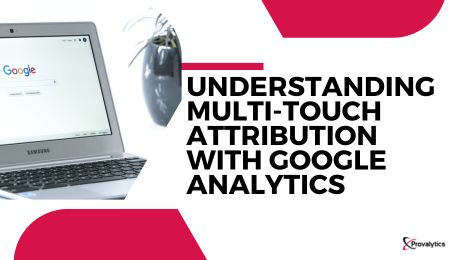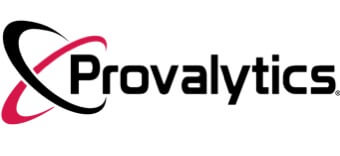Understanding Multi-Touch Attribution with Google Analytics
Exploring the intricacies of multi-touch attribution is pivotal for marketers seeking profound insights into customer behavior. Delving into how Google Analytics facilitates this process can offer invaluable perspectives on the customer journey and the impact of diverse marketing channels on conversions within the digital marketing domain.
Multi-touch attribution entails tracking and assigning significance to multiple marketing touchpoints that customers interact with before completing a conversion. It acknowledges the complexity of customer engagement across various channels such as search engines, social media, and display ads. By attributing value to each touchpoint, marketers can attain a comprehensive understanding of the customer journey and refine their marketing strategies accordingly.
🚀 Yes, I Want The 2026 Playbook!

Tools for Analyzing Multi-Touch Attribution in Google Analytics
In the realm of Google Analytics, multi-touch attribution can be analyzed through an array of tools and reports. For instance, the “Conversions Multi-Channel Funnels” report within Universal Analytics offers insights into assisted conversions, shedding light on the contribution of each channel to conversions and its role—whether primary or secondary.
The introduction of Google Analytics 4 (GA4) heralds a fresh approach to multi-touch attribution. Despite the attribution capabilities being housed under the “Advertising” section, encompassing all channels rather than just paid advertising, GA4 presents a more intuitive interface for evaluating multi-touch attribution, ensuring a user-friendly experience.
Through GA4’s “Conversions” and “Conversion Paths” tools, marketers can delve into metrics like revenue earned through last-click versus cross-channel interactions. The snapshot view furnishes valuable insights into conversions by channel and facilitates comparisons between attribution models.
Multi-touch attribution offers several advantages for marketers:
- Comprehensive Customer Insights: It enables marketers to analyze the entirety of the customer experience, identifying pivotal touchpoints that drive conversions.
- Optimization Opportunities: By assessing the efficacy of different marketing channels, marketers can adeptly manage budgets and allocate resources for maximum impact.
- Precise ROI Assessment: Multi-touch attribution elucidates the influence of multiple channels on conversions, including aided conversions, providing a nuanced evaluation of ROI.
- Informed Decision-Making: Armed with a deep understanding of customer behavior, marketers can make informed decisions regarding marketing strategies, budget allocation, and resource utilization.
In essence, multi-touch attribution serves as a potent tool for marketers striving to comprehend customer behavior and enhance their marketing endeavors. With Google Analytics offering robust tools and reports for analyzing multi-touch attribution, businesses can leverage these insights to make data-driven decisions and achieve superior marketing outcomes.
How does Google Analytics support multi-touch attribution?
Google Analytics supports multi-touch attribution through various tools and reports designed to analyze the customer journey and the role of different channels in driving conversions. For example, the “Conversions Multi-Channel Funnels” report in Universal Analytics and the “Conversions” and “Conversion Paths” tools in Google Analytics 4 (GA4) help marketers understand how different touchpoints contribute to conversions and compare the effectiveness of different attribution models.
What is the difference between Universal Analytics and Google Analytics 4 (GA4) in terms of multi-touch attribution?
The main difference lies in the interface and the advanced capabilities GA4 offers. While both versions support multi-touch attribution, GA4 introduces a more intuitive and flexible approach, making it easier for marketers to analyze data. GA4’s “Conversions” and “Conversion Paths” tools, for instance, provide deeper insights into cross-channel interactions and allow for more direct comparisons between attribution models than what was possible in Universal Analytics.
Can multi-touch attribution track offline marketing efforts?
While multi-touch attribution primarily focuses on digital channels, it can also incorporate offline marketing efforts if these can be connected to digital data. For example, using unique URLs or QR codes in print advertising, or tracking phone call inquiries generated from offline ads, can help link these offline touchpoints to the digital customer journey. However, integrating offline data requires careful planning and the right technology to ensure accurate tracking and attribution.

